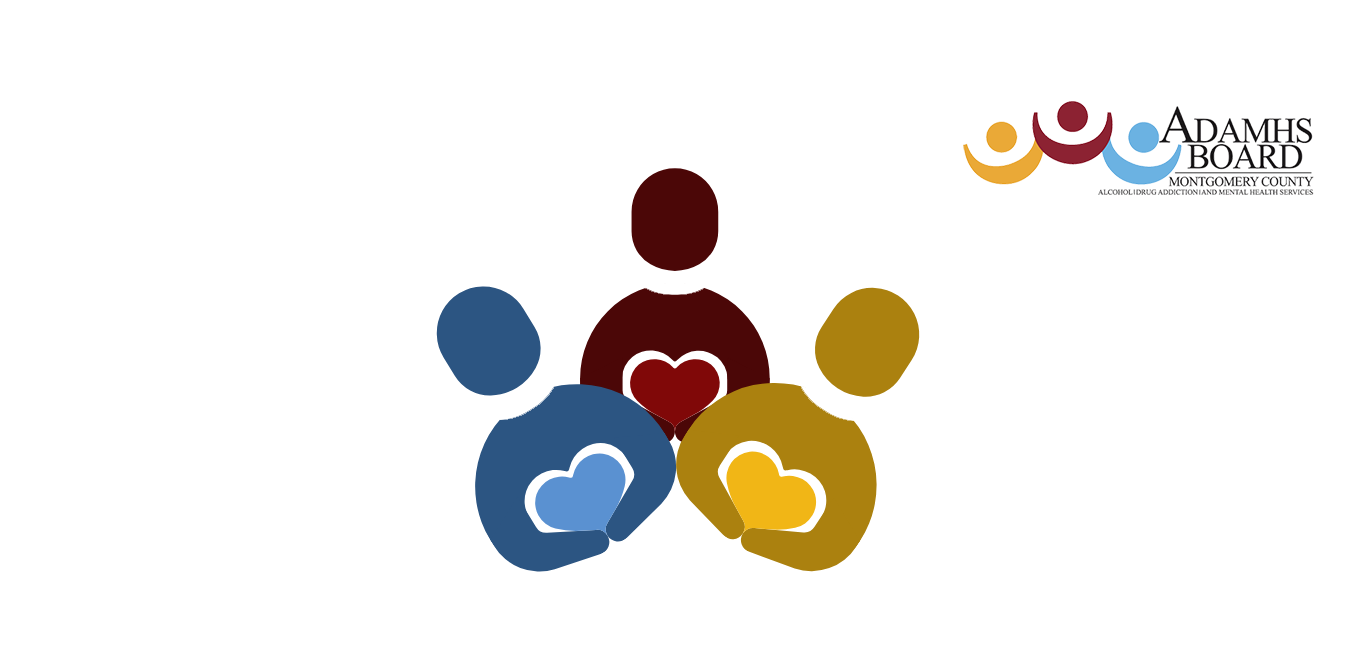Child and Adolescent Depression
ALL CHILDREN "FEEL BLUE," FROM TIME TO TIME, HAVE A BAD DAY, OR ARE SAD. HOWEVER, WHEN THESE KINDS OF FEELINGS PERSIST AND BEGIN TO INTERFERE WITH A CHILD'S ABILITY TO FUNCTION IN DAILY LIFE, CLINICAL DEPRESSION COULD BE...
ALL CHILDREN “FEEL BLUE,” FROM TIME TO TIME, HAVE A BAD DAY, OR ARE SAD. HOWEVER, WHEN THESE KINDS OF FEELINGS PERSIST AND BEGIN TO INTERFERE WITH A CHILD’S ABILITY TO FUNCTION IN DAILY LIFE, CLINICAL DEPRESSION COULD BE THE CAUSE.
Depression is not a personal weakness, a charade flaw or a mood that one can simply “snap out of”. And it’s different from feelings of grief or sorrow that follow a major loss, such as a death in the family. It is a serious
mental health problem that affects people of all ages, including children. In fact, depression affects as many as one in every 33 children and one in eight adolescents, according to the Federal Center for Mental Health Services. Fortunately, depression is treatable.
Signs of depression:
- Persistent sadness
- Withdrawal from family and friends
- Loss of interest in activities that were once enjoyed
- Increased irritability or agitation
- Changes in eating and sleeping habits (e.g., significant weight loss, insomnia, excessive sleep)
- Frequent physical complaints, such as headaches and stomachaches
- Lack of enthusiasm or motivation
- Decreased energy level and chronic fatigue
- Play that involves excessive aggression toward self or others, or that involves persistently sad themes
- Indecision, lack of concentration or forgetfulness
- Feelings of worthlessness or excessive guilt
- Recurring thoughts of death or suicide
What can parents and other adults do if they suspect a child may have depression?
- Talk to the child about how he or she is feeling.
- Educate yourself. You’ve already taken the first step by reading this fact sheet.
- Know the signs for depression, and note the duration, frequency and severity of troubling behavior.
- If the child is struggling with any combination of the signs for depression for more than two weeks in different settings, take your child to a mental health professional or doctor.
- Ask questions about treatments and services. A comprehensive treatment plan may include psychotherapy, on going evaluation and, in some cases, medication. Optimally, the treatment plan is developed with the family and, whenever possible, the child.
- Talk to other families in your community or find a family network organization.
To access care, call 937-734-8333


